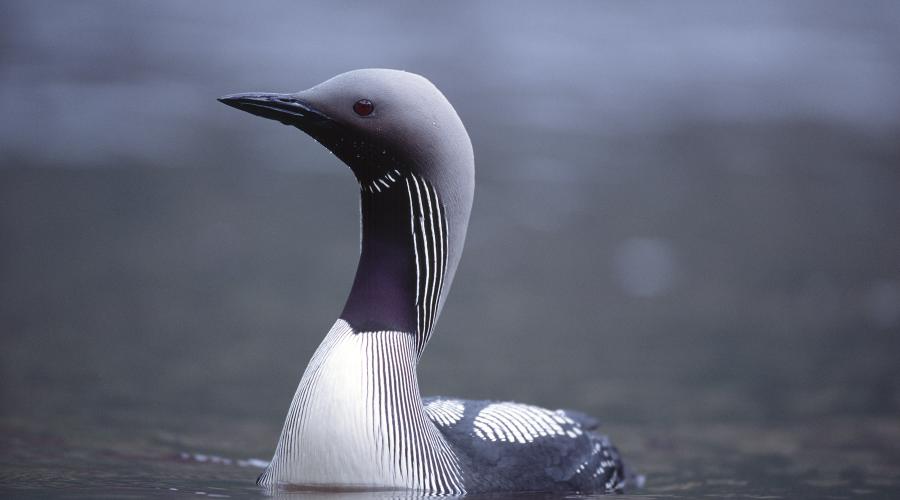
Peatland ACTION case study: What's the connection between peat and Loch Orasaigh drinking water catchment?

Loch Orasaigh drinking water catchment
Working alongside Ranish Common Grazings Committee, Soval Estate and Scottish Water, the project which started this summer will focus on restoring 11 hectares of damaged and eroding peatland within the Loch Orasaigh drinking water catchment area which serves the North Lochs Water Treatment Works on the Isle of Lewis.
The restoration aims to re-profile peat hags, block drainage ditches and encourage the stabilisation of vegetation around the edge of the loch.
At a cost of £1,700 a hectare, the project offers a relatively inexpensive way of tackling climate change, as well as potentially reducing water treatment costs by minimising the amount of peat being washed into the loch - helping secure a strategically important drinking water supply in the Outer Hebrides.
The project will also help preserve the local environment, with a recent survey confirming the loch is home to two of Scotland’s protected species – Black-throated divers and Great skua.

(file ref. K36-38). 2001/02. ©Laurie Campbell/NatureScot.
Partnership working
Ben Inglis-Grant, Peatland ACTION Project Officer hosted by The Carloway Estate Trust, said: “Around 80% of Scotland’s peatlands are estimated to be damaged, through man-made drainage and other land-use pressures as well as natural erosion taking place. By restoring our peatlands they can begin actively functioning as they should, by storing water and capturing carbon.
“Peatland ACTION aims to make a difference across the length and breadth of Scotland and by working together with our valued partners, we can deliver multiple benefits to both people and nature, from carbon capture to clean drinking water and supporting natural ecosystems, which are so intrinsic to our existence.
“These kind of nature-based solutions are also integral to tackling the climate emergency we are all facing.”
Malcolm Walker, Scottish Water Catchment Liaison Officer, said: “Every day, Scottish Water provides 1.46 billion litres of clear fresh drinking water to its customers, much of which comes from peatland catchments.
“We are therefore acutely aware of the links between peatland condition and our drinking water catchments, having also worked with Peatland ACTION on other projects across Scotland.
“Restoring damaged peatlands by blocking man-made ditches and revegetating areas of bare peat may reduce the amount of peat being washed into our treatment works, which could lead to reduced treatment costs as well as helping protect and preserve the natural environment.”
By preserving and protecting Scotland’s peatlands, 140 years’ worth of Scotland’s total annual greenhouse gas emissions are prevented from being released into the atmosphere, as well as promoting additional carbon storage by restoring active peat formation.
©Malcolm Walker/Scottish Water
For further information, or to get involved with PeatlandACTION
Peatland ACTION case studies: We demonstrate links between peat condition and: fisheries; grouse; carbon storage; wildlife; landscapes; human history; and so much more.
If you would like to contribute to the on-going work of Peatland ACTION please contact [email protected].
Project information: www.nature.scot/peatlandaction
You may also be interested in:
Find out how are surface waters are faring using this clever searchable mapping tool.
Scotland’s soils information and searchable map.
A version of this case study was first published as Nature.scot press release 26 July 2019





